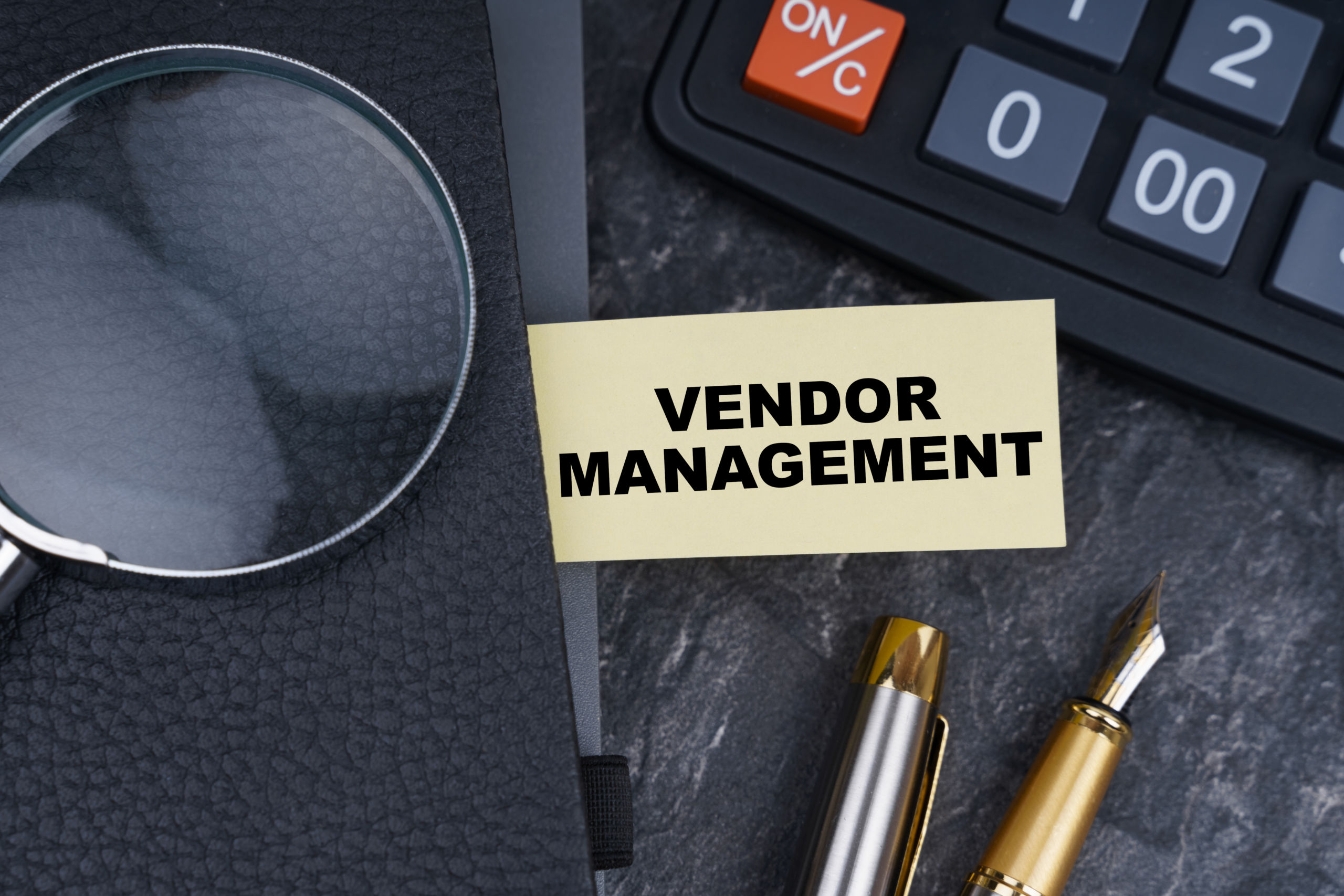By: Editorial Staff, Date: June 26th, 2022
Today, more and more organizations rely on third-party service providers to simplify their business transactions. While this trend greatly benefits companies, it also breeds risks and issues you should be concerned about.
When not properly tracked, handled, and assessed, third-party vendors may set your business for long-lasting and serious consequences—financial and reputational damage to name a few.
According to Louis V. Gerstner, Jr. (Former CEO, IBM), “People don’t do what you expect but what you inspect.” This is a wake-up call for companies to pay close attention to the business of their partners and ensure that they’re acting accordingly.
Notable Third-Party Data Breaches
Every year, the number of vendor-related breaches and incidents is increasing. A recent example is when Avera Health patients’ info leaked due to a data breach at MCG Health LLC, one of the health system’s vendors. Around 700 members of Avera were affected by the breach. Stolen data included patients’ names, emails, birth dates, postal addresses, Social Security Numbers, and other confidential information.
The rise and sophistication of cyberattacks is an ongoing battle for businesses and third-party vendors. This year, a notorious criminal hacking group called Lapsus$ has launched a multiple breach attack on third-party software services.
The first reported security breach targeted Okta where 366 corporate customers were impacted and in March 2022, Lapsus$ returned with a new victim – IT Firm Globant admits to data breach after Lapsus$ releases source code.
ProcessUnity has published 3 Third-Party Risk Lessons from the Lapsus$ Hacks to help companies develop a breach response plan.

Importance of TPRM
Third-Party Risk Management (TPRM) saves businesses money. It puts a spotlight on the service provider you work with so that important areas won’t slip through the cracks.
Since third-party vendors have access to sensitive corporate resources, the ability to manage outsourcing partners is essential to business operations.
By implementing a vendor risk management program that works, you can flag issues, protect the reputation of your business, and respond to challenges with confidence.
Your organization will take the bullet for the mishaps of outside partners. Therefore, investing in a TPRM plan is critical to achieving your commercial goals and it will also keep you ahead of the shifting regulatory requirements and obligations.
Get Your TPRM Program Resilient and Ready
Here are some TPRM best practices and steps you can take to advance your program (and career) according to ProcessUnity:
Informal to Reactive program: The key advantage in moving from informal to reactive is a blank slate. Find peers in the industry that are “better” than you are; ask how they are running their programs and find out what mistakes they made so you can avoid them. Formalize your program. Document your workflows and inherent risk scoring system. Surface results (and issues) to the executive team.
Reactive to Proactive program: Get rid of spreadsheets and email. Establish a third-party risk management system to manage data and automate manual tasks. Define inherent risk and residual risk. The key advantage here is your experiential knowledge regarding what is and what is not working. Push aside what is not working and focus on what is.
Proactive to Optimized program: When your organization reaches the proactive level, seek to increase LOB involvement (use LOB involvement to help with inherent risk scores early in the process and with performance reviews after contracts have been signed). Begin looking beyond the early phases of vendor risk management lifecycle to focus on ROI generating opportunities and incorporate contract management and SLA tracking. The advantage here, especially for highly regulated organizations, is that at this stage your organization should have consistency with your regulators and audits should be more routine and less challenging, which will lead to regulators having confidence in your organization.
Optimized to Better Optimized: When your organization reaches its peak, it has all of the data it needs to make better business decisions around contracts and negotiations and put KPIs, SLAs, and other performance metrics in place. Continue to transform a cost-of-doing business into an ROI center for the organization.
How ProcessUnity Can Help
ProcessUnity’s Vendor Risk Management software protects corporate brands by reducing risk from third parties, vendors, and suppliers.
Join our upcoming live webcast “Essentials of an Effective Third-Party Risk Management Framework: A Practical Guide” for more information on building a robust TPRM strategy!
Upcoming Webcasts
Building an Efficient Data Modernization Strategy: What You Must Know and Do
In this LIVE Webcast, a panel of thought leaders and professionals brought together by The Knowledge Group will provide and present an in-depth analysis of the fundamentals as well as recent developments in Building Efficient Data Modernization Strategy: What You Must Know and Do. Speakers will also present all important issues surrounding this significant topic. Join us for this Knowledge Group Webinar!


